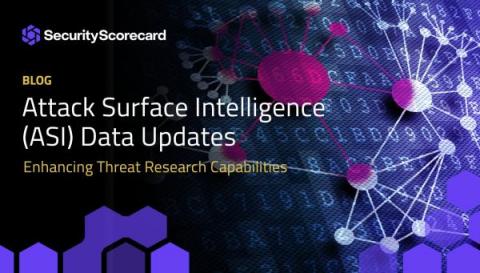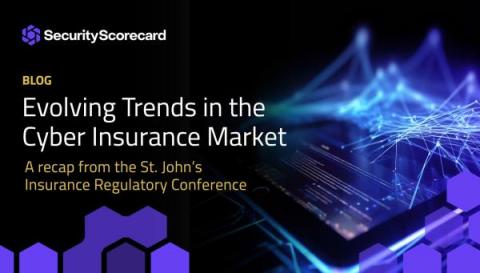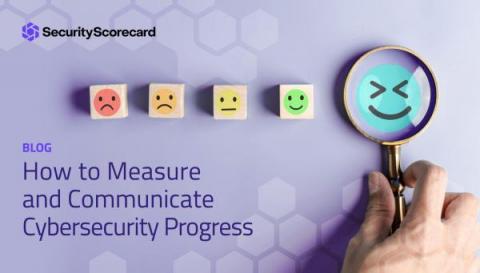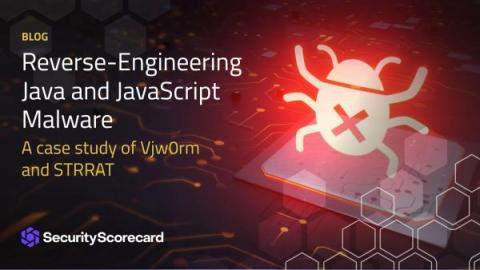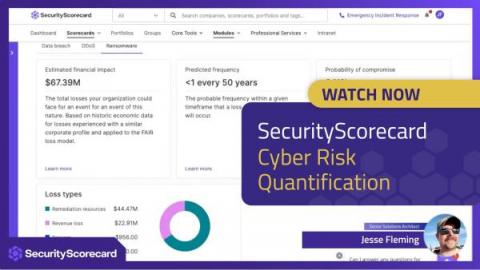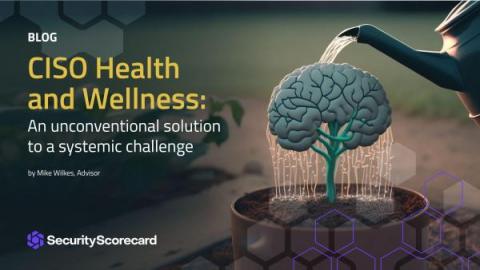Forbes Media Publishes Industry's First List of America's Most Cybersecure Companies
In a climate where companies largely gain attention only when something negative happens, it’s time to celebrate and recognize the companies who are best in class when it comes to cybersecurity. That’s why we applaud Forbes’ decision to produce the industry’s first list of America’s Most Cybersecure Companies. These companies illuminate how cybersecurity is being taken seriously as a core business issue.




